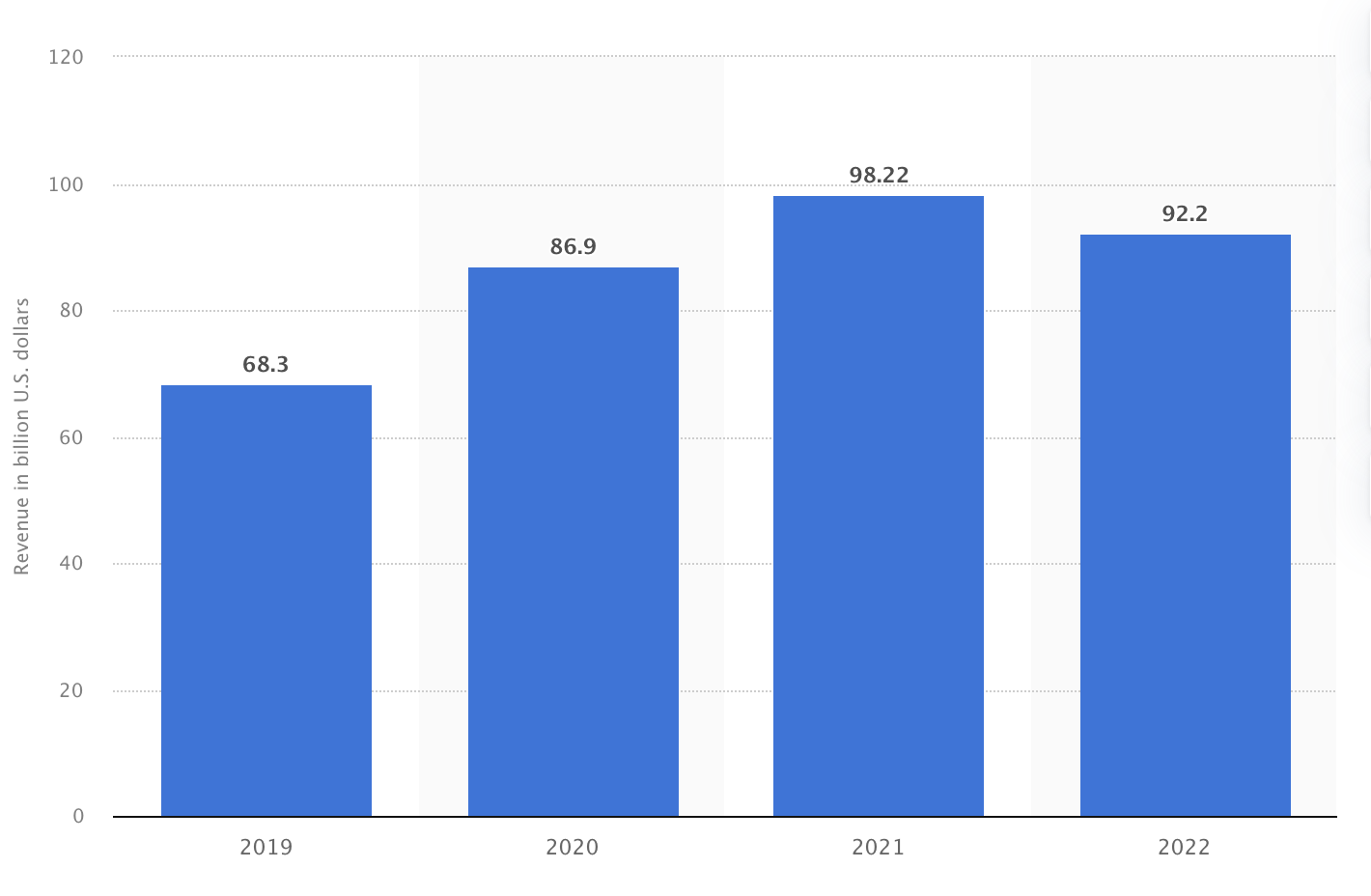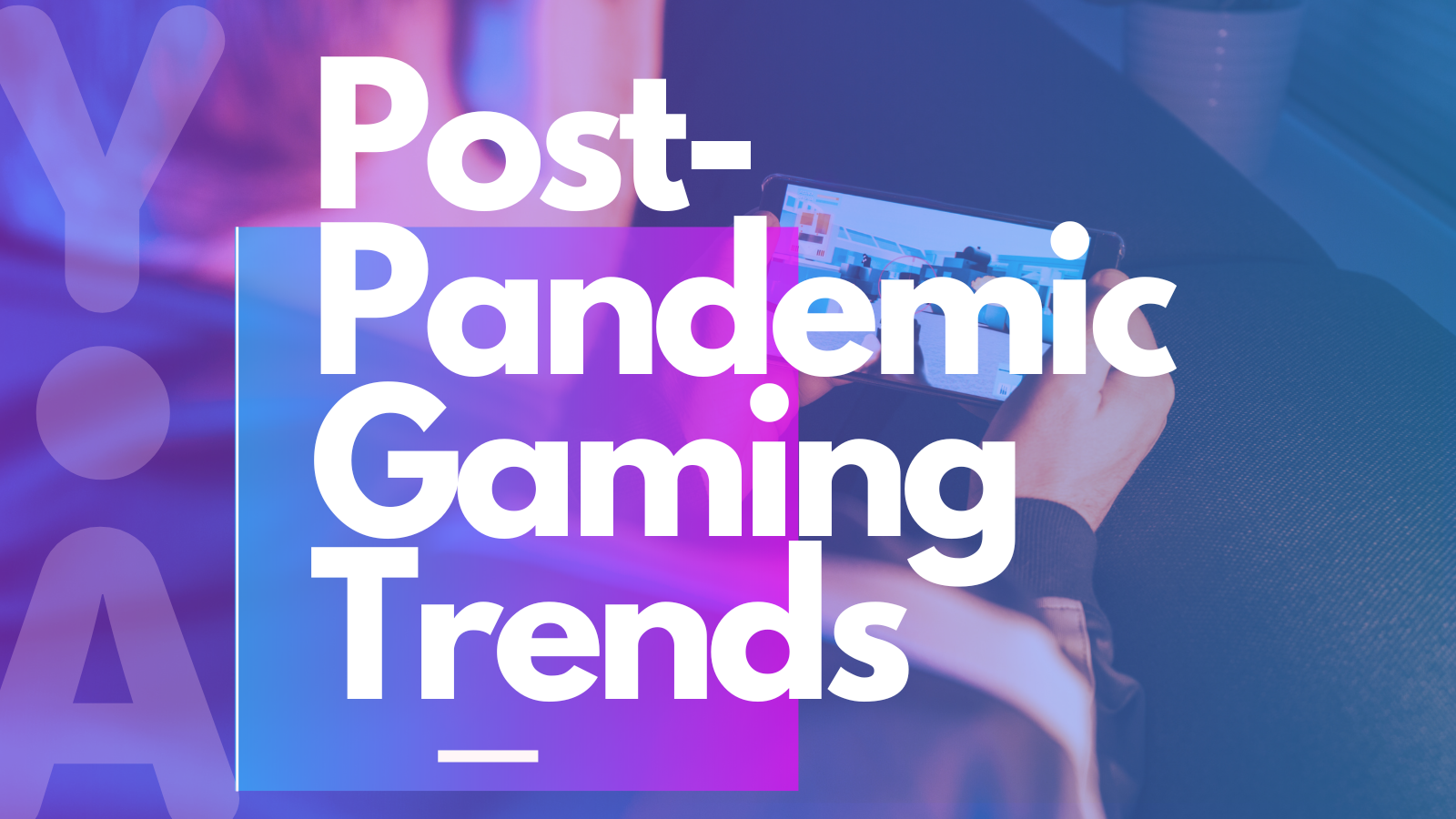The pandemic and lockdown restrictions brought many unexpected changes to consumer behavior. One of these changes was the dramatic rise of mobile gaming popularity. Weekly downloads of mobile games surpassed 1 billion in March of 2020 and have remained high in the years following. However, with Covid panic in the rearview mirror and life slowly coming back to normal, the state of mobile gaming is up in the air.
Find out here how the pandemic has affected the mobile gaming industry and how app marketers can capitalize on their new pandemic users to keep their games as popular as ever.
The State of Mobile Gaming: Pre-Pandemic
Mobile games were popular on the app stores long before the 2020 pandemic. Gaming and mobile devices have had a strong relationship since the release of Snake in 1997 for the Nokia 6610. With the launch of the Apple App Store in 2008, game developers had the chance to create more advanced and creative mobile games for eager users.
Flash forward ten years and mobile gaming continued to increase in popularity. Mobile games saw worldwide player spending reach $54.7 billion in 2018. This was the year that the technological gap between phones and consoles began to thin. Games that would normally only come out on computers and consoles started releasing on smartphones.
In 2019, just before the pandemic, mobile games made up 60% of revenue for the global video game market and generated $68.3 billion in revenue. It was estimated that at this rapid rate of growth, the mobile gaming market would continue to prosper at a steady pace. However, with the pandemic taking the world by a storm, the steady pace at which the gaming market was growing spiked to an unprecedented high.

|
Mobile Gaming During the Pandemic
In the spring of 2020, mobile gaming emerged as one of the most popular activities during the initial outbreak of the global COVID-19 pandemic. Younger generations specifically spent more time playing games to pass the time during the stay at home orders. In the first half of 2021, a year after Covid first impacted the population, consumers spent $1.7 billion per week on mobile games. This accounted for a drastic 40% spike from pre-pandemic levels.
Status of Mobile Gaming Post-Pandemic
With the shock of the pandemic behind us and life going back to normal, mobile gaming is starting to decline slightly following the Covid-initiated boom. Prior to 2022, the mobile games market had not seen a decline since the beginning of the smartphone era. However, even with the mobile gaming market declining, it’s still seeing better numbers in 2022 than it did pre-pandemic.
Worldwide consumer spend on games in February 2020 was $5.24 billion and rose to a high of $7.73 billion in July of 2021. With spending in September of 2022 down to $6.5 billion, it’s still above the total spend at the start of the 2020 pandemic.
This decline shouldn't be alarming for mobile gaming marketers. The slowdown in mobile game downloads and spending reflects consumer behavior and the market’s return to a more normal trajectory. The gaming industry is still extremely profitable with the projected 2023 revenue estimated to reach $315.90 billion.
Future of Mobile Gaming in a Post Pandemic World
Mobile gaming remains an extremely lucrative revenue source for app marketers in the post pandemic world. Gaming apps’ revenue more than tripled that of streaming apps in 2022. However, in order for gaming apps to remain competitive in this growing industry, focusing on engaging users gained during pandemic spikes is crucial. Making sure that those users who downloaded a game back in the 2020 lockdown are still active within the app will be the make-it-or-break-it for mobile gaming success.
Hyper-casual Gaming
Creating more accessible and hyper-casual games is a great way to entice users to rejoin an app. Hyper-casual games led the way in terms of installs in 2022, accounting for 29% of all downloads worldwide with 17.5 billion. Hyper-casual games feature simple gameplay that have the feel of the early days of gaming and arcades. Hyper-casual’s minimalism gives the genre a low entry barrier for users to learn and become familiar with the game. These games are not only instantly playable, but infinitely replayable.
The short and simple game mechanics means that users can play them over and over again, which creates loyalty between the user and that app. Hyper-casual is also a perfect game for those users who had more time in the pandemic to sit around and play games, but might not have that same recreational time currently. These games can be played quickly between meetings or in moments of boredom waiting in line.
Subscription Based Gaming
Subscriptions and gaming traditionally haven’t gone hand in hand. However, the global subscription-based gaming market is expected to surge in 2023. The market size was valued at USD 8.25 billion in 2021 and is expected to expand at a compound annual growth rate (CAGR) of 12.8% from 2022 to 2030. Today, mobile games usually are based on two monetization pillars – in-app ads and in-app purchases. Subscriptions can be used as an additional monetization feature.
The subscription model within gaming revolves around content and access. With the subscription model in gaming apps, players make regular payments to access additional in-game content and features during set subscription periods. While the game remains free to play for casual players, the paying ones gain access to a premium gameplay experience. This model is a great way to ensure that players who are invested in the game get the top-notch experience and will keep coming back consistently.
Retargeting Mobile Gaming Users
Browsing for games to play on the Apple App Store or Google Play is a thing of the past. Now, most users download games based on the ads they are seeing or word of mouth. With retargeting campaigns, app marketers are able to re-engage users who have already downloaded their app and convert them into a paying or consistent player.
Rewards work especially well when it comes to retaining and re-engaging players. By offering tokens or extra lives, marketers can entice players who might have exited the game to come back and play. Consistently offering rewards also gives players a positive correlation between playing for long periods of time and being compensated.
Takeaways of Post-Pandemic Gaming Trends
The pandemic brought a surge of downloads to mobile games. However, with Covid panic in the rearview mirror and life slowly going back to normal, the state of mobile gaming is up in the air. Here we look at the past, present and future of the mobile gaming industry.
- Pre-Pandemic: In 2019, just before the pandemic, mobile games made up 60% of revenue for the global video game market and generated $68.3 billion in revenue.
- During the Pandemic: In the spring of 2020, mobile gaming emerged as one of the most popular activities during the initial outbreak of the global COVID-19 pandemic. By the first half of 2021, consumers spent $1.7 billion per week on mobile games – a drastic 40% spike from pre-pandemic levels.
- Post-Pandemic: With the shock of the pandemic behind us and life going back to normal, mobile gaming has started slowing down following the Covid-initiated boom. However, the mobile gaming market is still seeing higher engagement in 2022 than it did pre-pandemic.
- Future of Mobile Gaming: Mobile gaming remains an extremely lucrative revenue source for app marketers in a post pandemic world. Gaming apps’ revenue more than tripled that of streaming apps in 2022. Making sure that those users who downloaded a game back in the 2020 lockdown are still active within the app will be the make-it-or-break-it for mobile gaming success.




